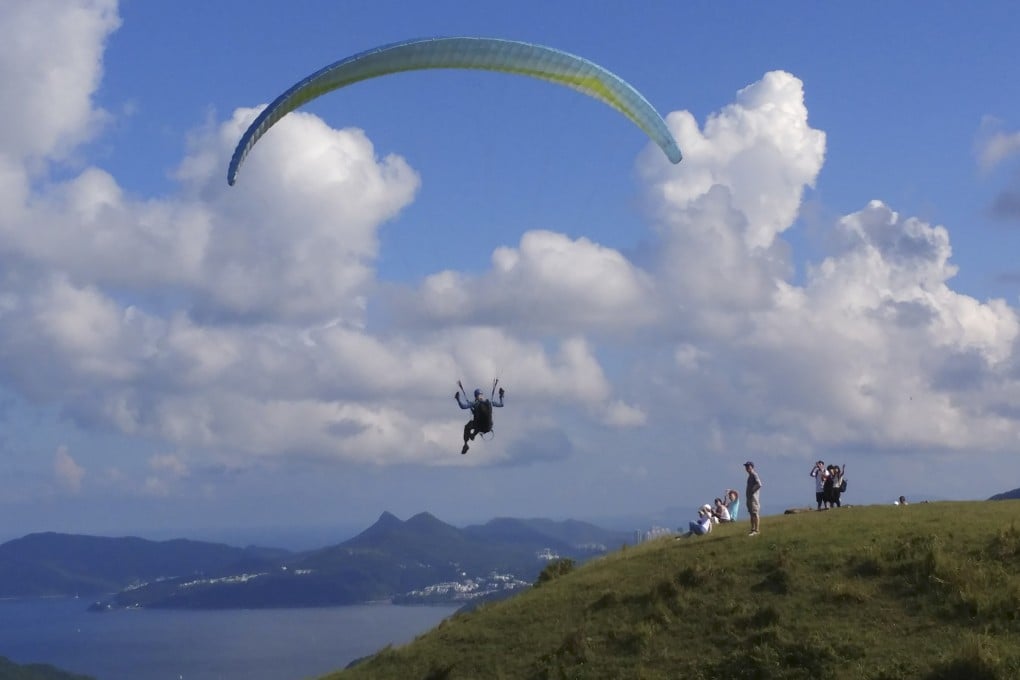Advertisement
Explainer | Paragliding in Hong Kong: what you should know after man dies flying in poor weather
- The Post looks at sport’s risks, regulation and safety practices after experienced paraglider dies earlier this week
Reading Time:3 minutes
Why you can trust SCMP
1

A 74-year-old paraglider who went missing for more than six hours while flying on Lantau Island in Hong Kong has died after being found unconscious.
The man, reportedly with years of paragliding experience, took off from eastern Sunset Peak, the city’s third-highest mountain, on Monday afternoon.
But he was said to have lost his way in foggy weather and could not be contacted later.
The Post looks at the risks, safety practices and regulation of the sport in the city.
1. What do paragliders think of the incident?
Krishna Rajbhandari, an ex-Gurkha with more than a decade of paragliding experience, described it as unfortunate.
“I knew the person quite well and he was experienced. I don’t understand why he chose to fly in adverse weather,” he said.
Advertisement